With aviation such a wide-open and expanding field in a burgeoning economy, the industry has a great need for flight instructors. Not only are higher-paying jobs in airlines, cargo operations, and charter companies commanding higher salaries and thus more new pilots, many flight instructors who work to accumulate the minimum number of hours required for other work often quickly leave flight schools, leaving instructors scrambling to find enough staff to meet an ever-growing need.
Not only can many qualified flight instructors take their pick of which school at which to teach in many parts of North America, the job is rewarding and challenging. Some pilots undertake instructing as a hobby or as a way to remain connected to aviation after retirement. Instructing constantly asks a pilot to attend to his or her own flying skills while welcoming others to the world of aviation. If you would like to become a flight instructor, the vital first step is to understand what the journey entails.
Train With a Flight School or Instructor
Some pilots who wish to work professionally in aviation begin their training as flight instructors not long after earning their private certificate, instrument rating, and commercial certificate. While working as a flight instructor is certainly not a requirement to begin a career as a pilot, it is one of the most popular avenues to “build time” en route to becoming an airline, cargo, or charter pilot. Some flight instructors remain in the realm of the military. Jobs are plentiful, many instructors enjoy schedule flexibility, and flying as an instructor is an excellent way to concentrate on the principals of aviation, safety, and skills.
Flight instructors must obtain both pilot and flight instructor certificates for each category and class of airplanes in which he or she intends to instruct. (In some cases, this includes obtaining a type rating, both as a pilot as well as an instructor.) Some flight schools combine online training modules with in-person instructing, cockpit experience, and time in a simulator (specifically, in the process of earning an instrument rating.)
A flight instructor may become either a basic ground instructor (BGI) and train pilots intent upon becoming sport or recreational pilots, as well as private pilots. Other flight instructors continue their careers in education by becoming an advanced ground instructor (AGI), which means he or she is eligible to offer ground training for anyone studying for a part 61 pilot certificate. Another certificate is the multi-engine instructor (known as MEI), which allows a CFI to instruct in twin-engine airplanes. Finally, flight instructors can earn “the double I”; this allows instructors to train students for earning their instrument rating. In addition to this, flight instructors must refresh their training at regular intervals in compliance with FAA standards.
Fulfill the Requirements
While one can earn a private pilot certificate at 17, he or she must wait until becoming 18 to become a flight instructor. As English is the international language of aviation, he or she must demonstrate the ability to understand, read, and speak it, although it is possible to operate as an instructor with specific limitations where this requirement is concerned. Flight instructors must also hold at least a third-class medical certificate, meeting the requirements for such as dictated by the FAA. Logbook endorsements from an authorized flight instructor are also required.
Flight instructor hopefuls must amass at least 250 hours in the air and 15 hours as pilot in command of the aircraft type in which they hope to instruct. Before taking the FAA exams permitting them to become flight instructors, they must earn an instrument rating, which demonstrates advanced knowledge of weather systems and flying without the benefit of strong visibility.
Take The Exams
They must also hold a current ATP or commercial certificate and earn a score of more than 70% on an FAA-administered flight instructor demonstrated knowledge test. The 250 hours of flying required to take the exams must take place in an actual cockpit. The most stressful aspect of becoming a flight instructor is usually passing a practical knowledge exam administered by an FAA inspector.
The practical knowledge “check ride” can take up to two days, especially if the weather isn’t cooperating, but it typically spans at least half a day. The FAA inspector will ask the CFI applicant to demonstrate command of the aircraft, present a sample ground school lesson, and then sits in the left seat of the aircraft as a “student.” This is the main difference between a CFI check ride and any other practical exam: The applicant must exhibit instructional knowledge, not merely knowledge. The principle under question needs to be understood and taught, not just performed to commercial standards.
Hone Your Piloting, Professional, and Educator Skills
Becoming a successful flight instructor isn’t simply a matter of fulfilling the FAA requirements and presenting the required documents. Good flight instructors are dedicated individuals who understand the enormity of their task and who respect the safety and professional protocols that come with training future pilots. They must also comply with the FAA regulations which govern them; for example, instructors may not train pilots for more than eight hours in a 24 hour period. There’s a reason why significant aspects of the training to become a flight instructor concern not just learning safety standards, but how to teach others the ins and outs of commanding a cockpit and making responsible decisions.
Flight instructors understand that they may need to adjust their teaching style to best meet the needs of their students. They do their best to understand the student’s limitations and strengths, and never act with condescension or disrespect to either fellow pilots or future aviators. A flight instructor has the responsibility to represent the best of the aviation world to must act as a role model both in and out of an airport environment. Acting ethically as well as reliably enables a flight instructor to speak with authority and work as a positive influence on those around him or her.
Ready to soar in your aviation career?
Mr. Matthew A. Johnston has over 23 years of experience serving various roles in education and is currently serving as the President of California Aeronautical University. He maintains memberships and is a supporting participant with several aviation promoting and advocacy associations including University Aviation Association (UAA), Regional Airline Association (RAA), AOPA, NBAA, and EAA with the Young Eagles program. He is proud of his collaboration with airlines, aviation businesses and individual aviation professionals who are working with him to develop California Aeronautical University as a leader in educating aviation professionals.
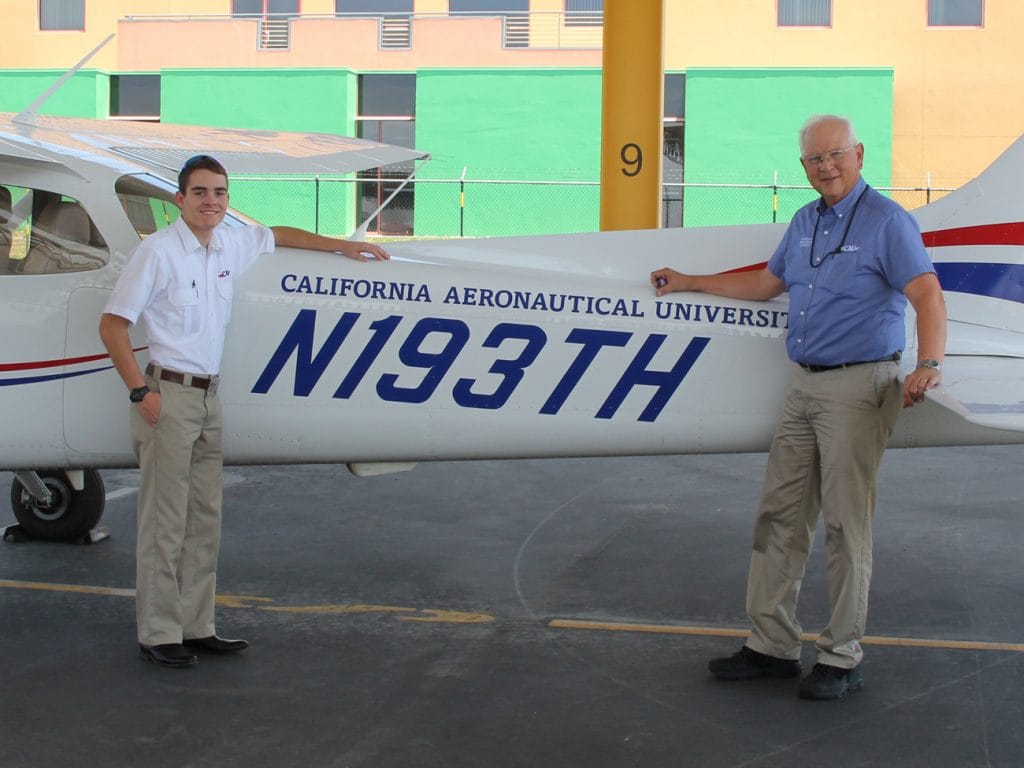
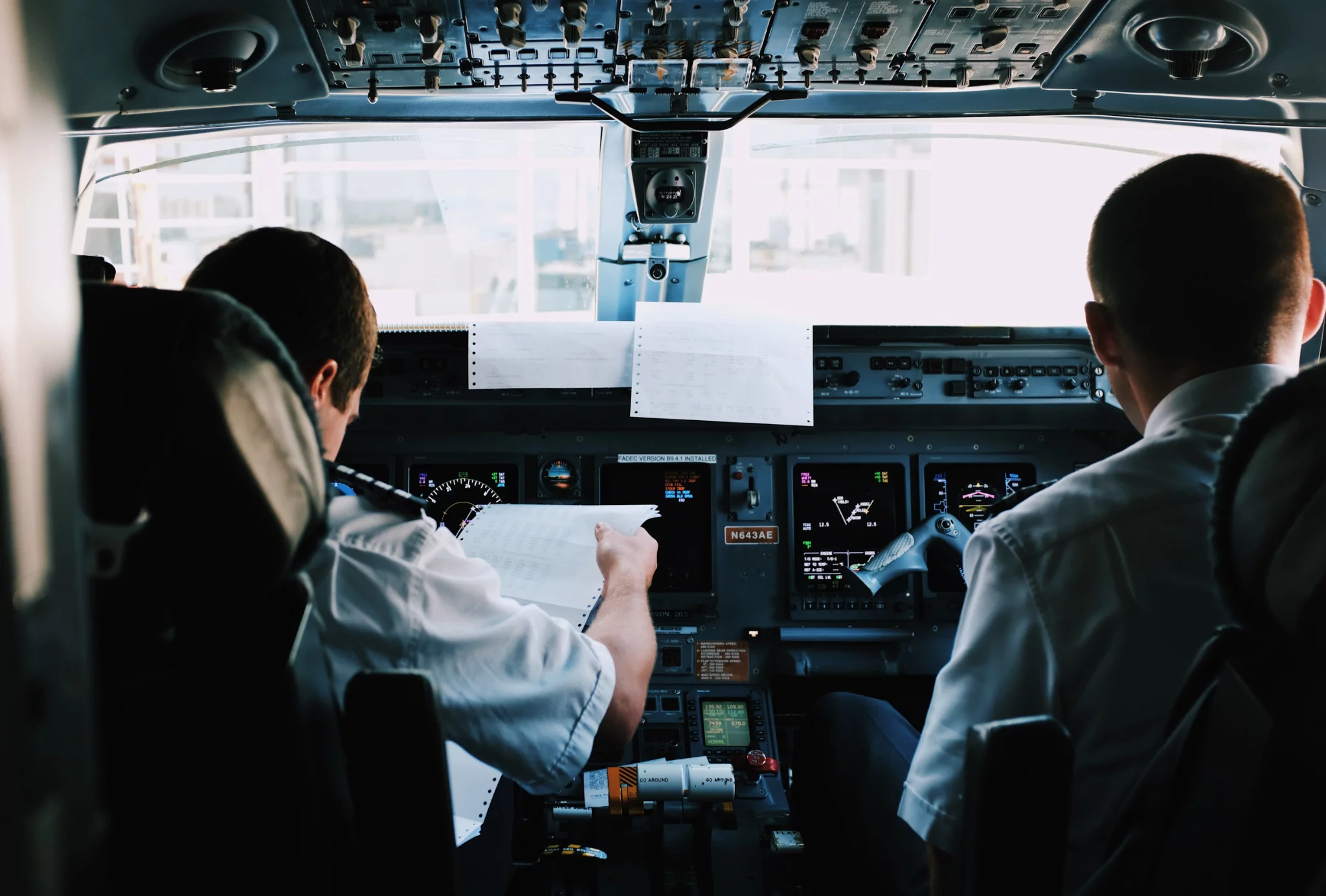
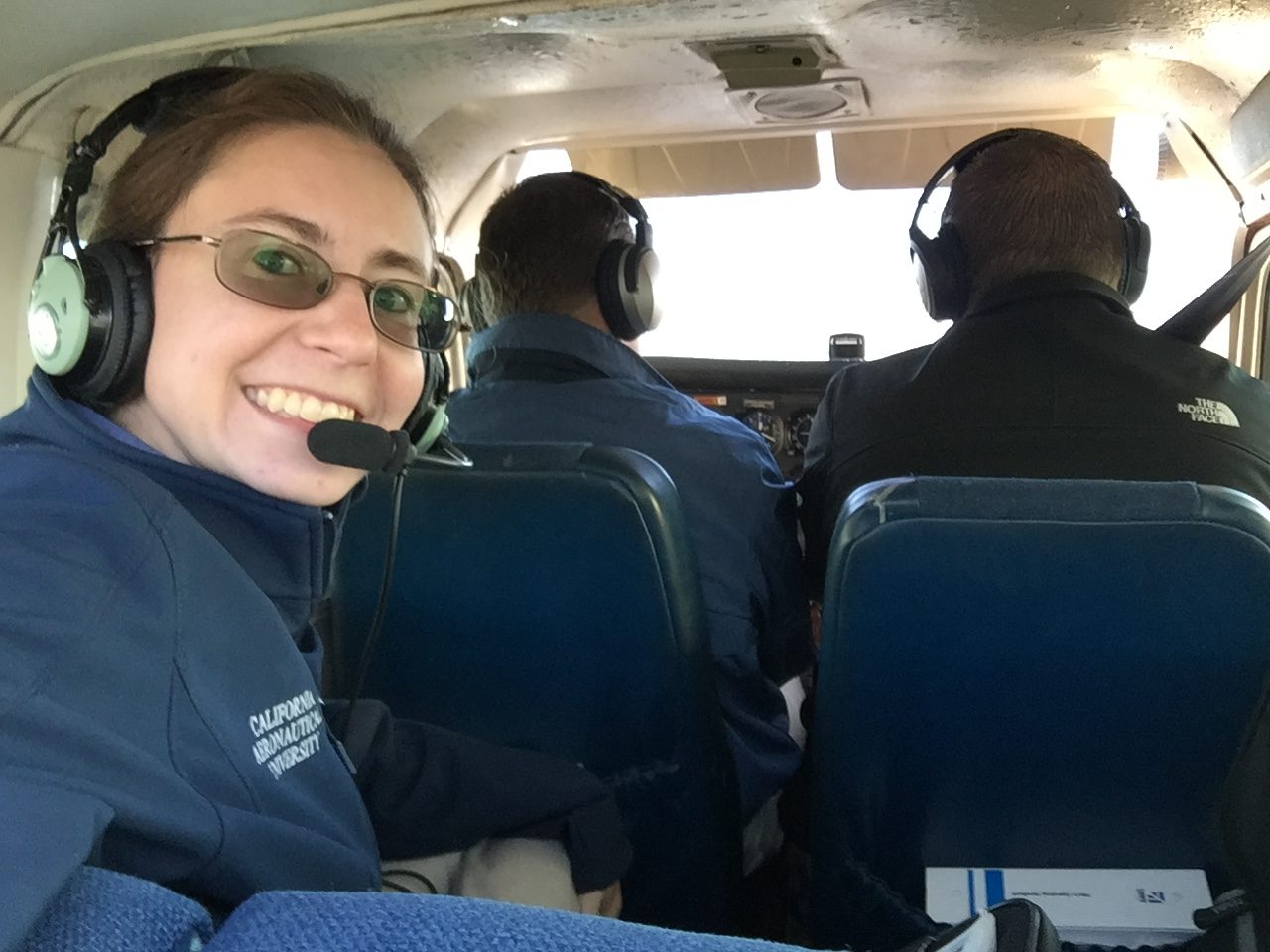
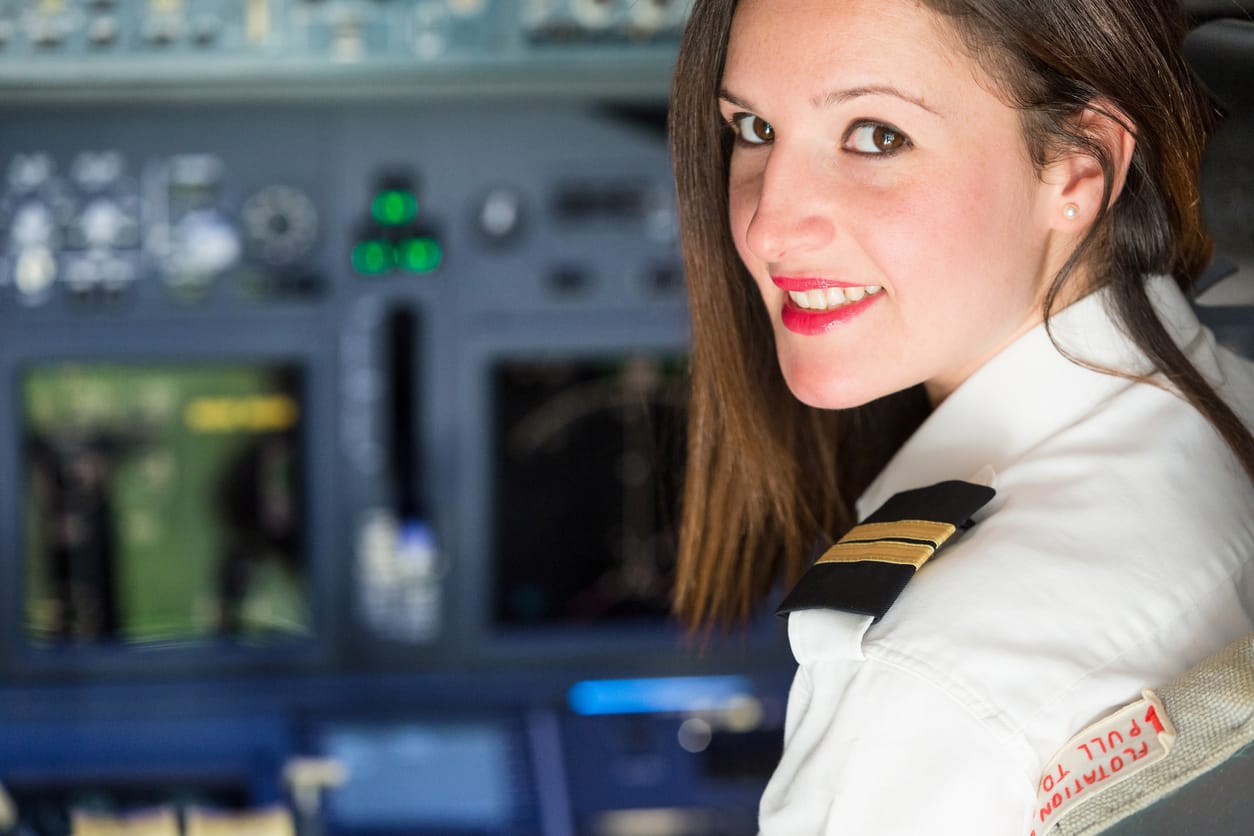
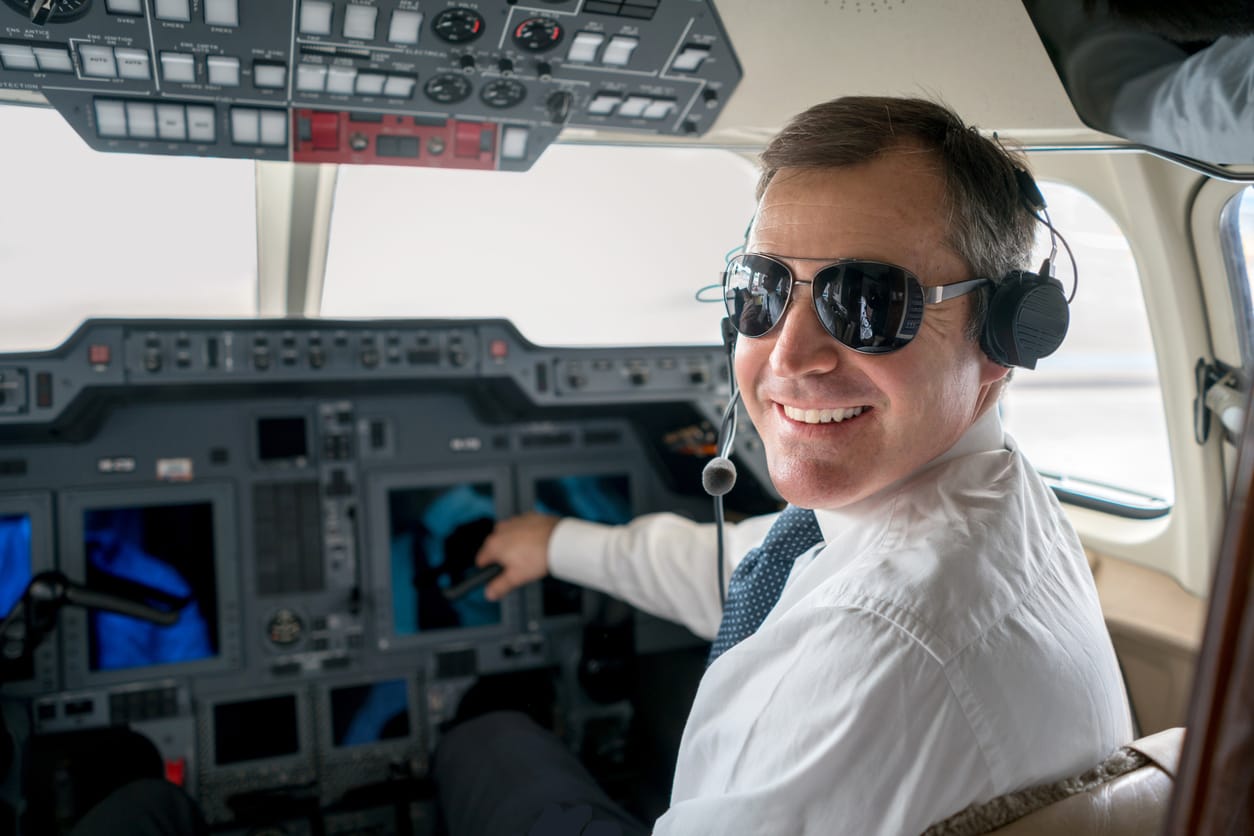
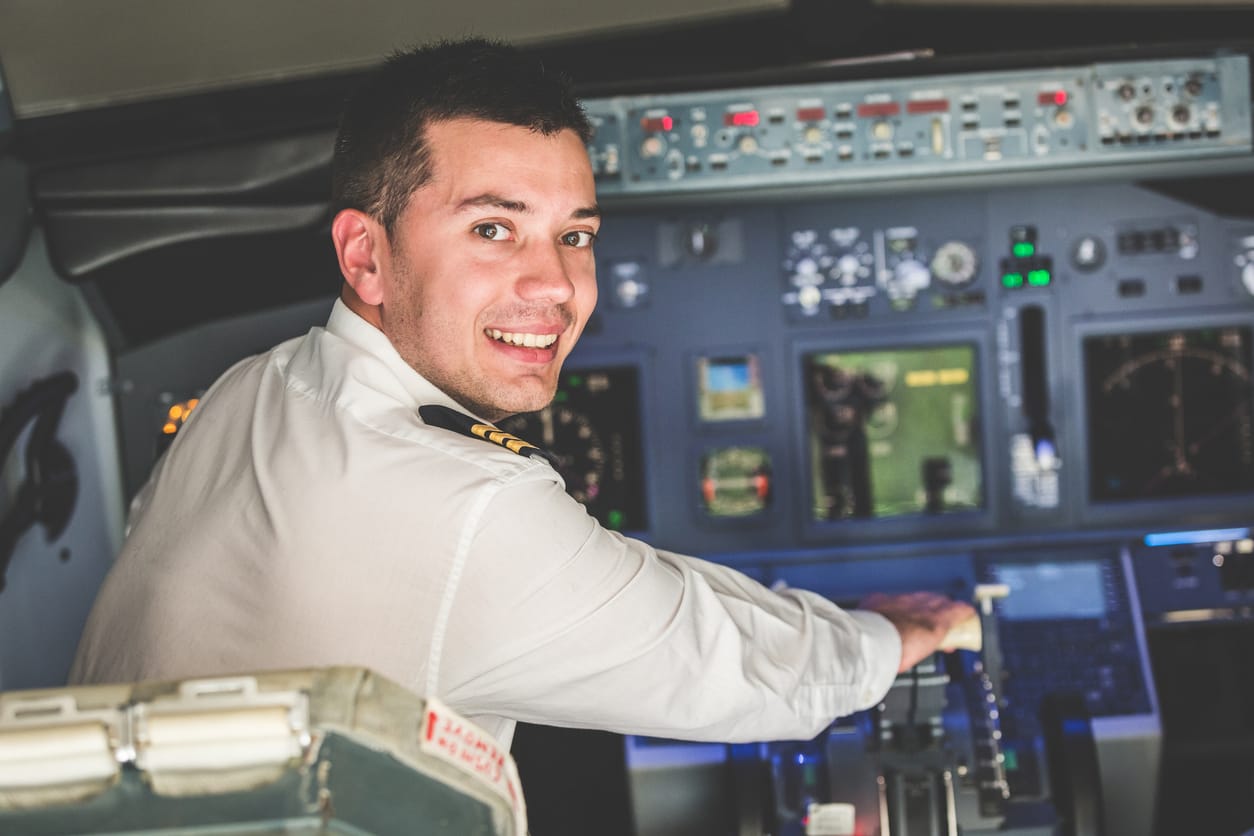
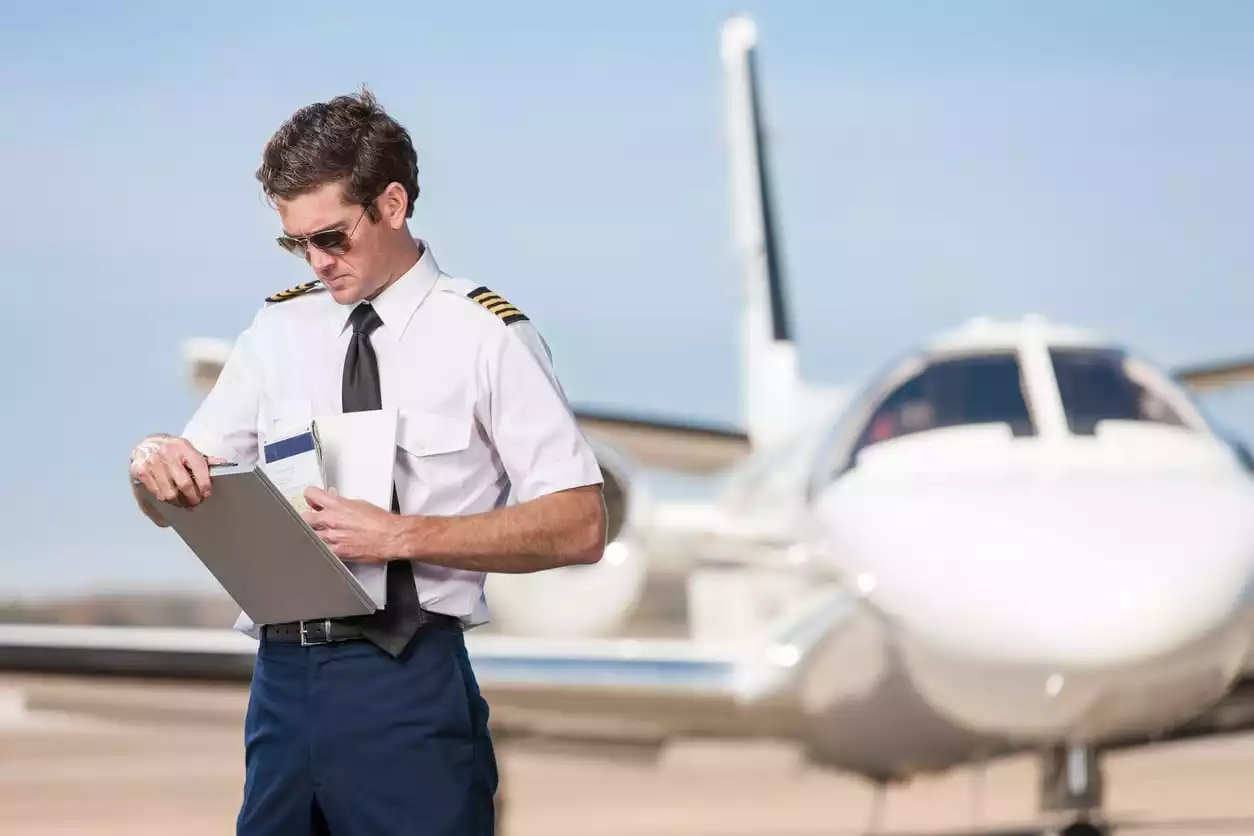
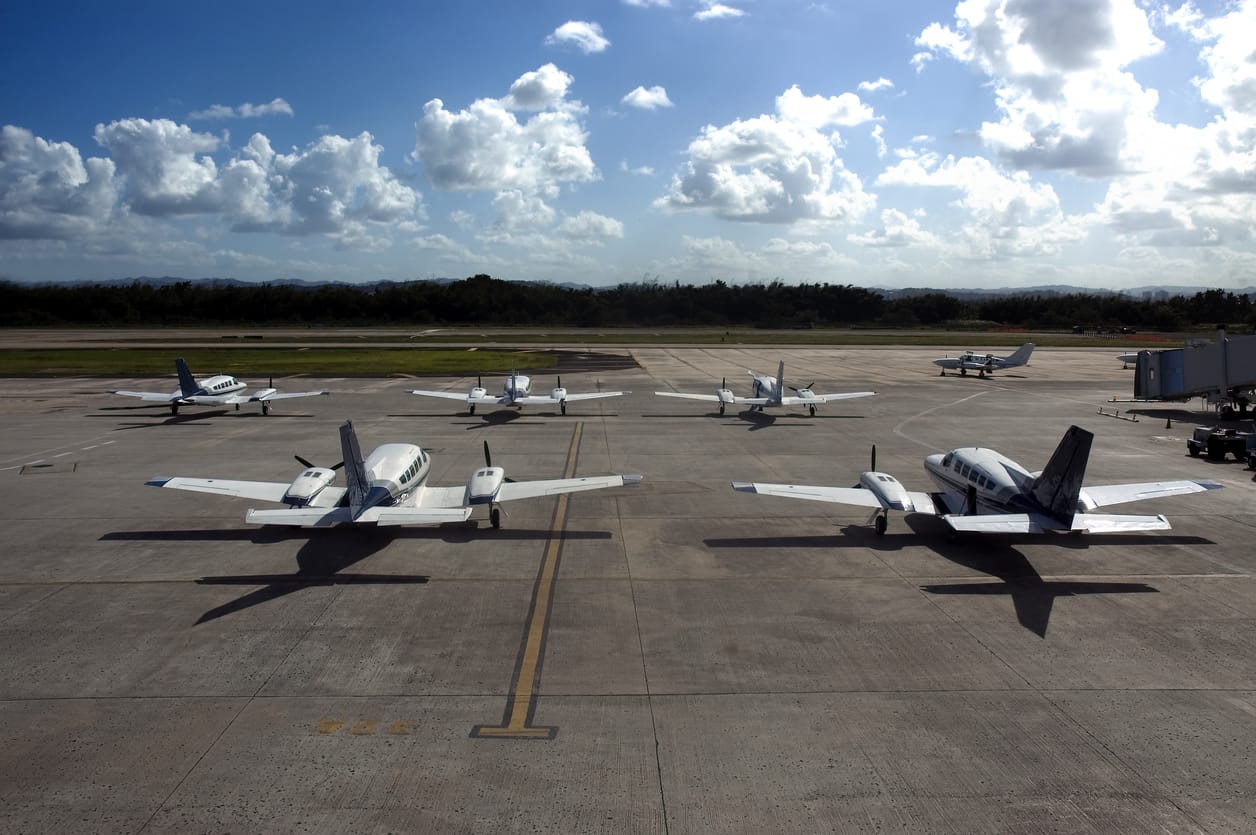
Hi! I got FAA commercial licence, I am from colombia so I came to the states to study, however, I have arrive in Colombia and I want to become an instructor. I want to know if I could beomce one at your school in order to get the visa F1 in order to get hours while I work as an instructor? I appreciate your herlp.